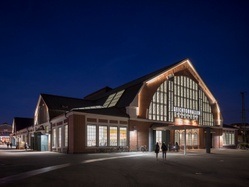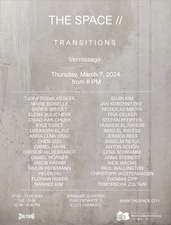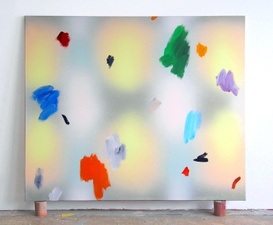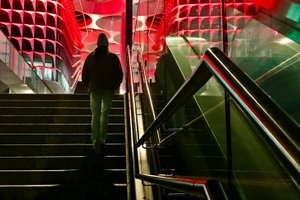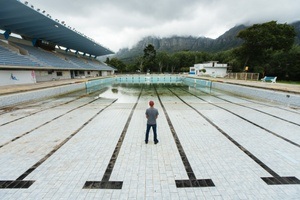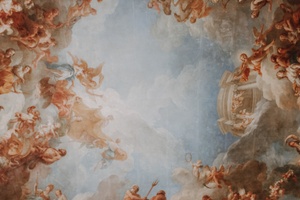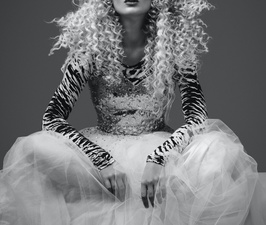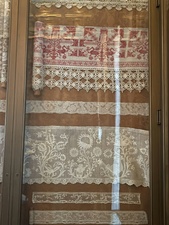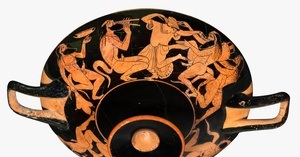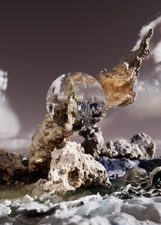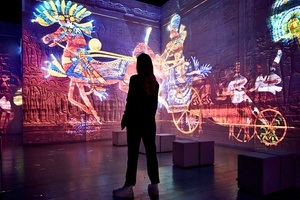KATHRIN LINKERSDORFF – WORKS
In the organizer's words:
Kathrin Linkersdorff's (*1966) fascinating large-scale works fluctuate between art and science. With experiments in which the artist explores the essence of plants and thus offers a magnified view of the fragile, inner structures, she moves at the interface with botany. Thus, she deliberately sets processes of decay in motion in order to expose the inner structure of flowers and other plants. She captures the visible structure in staged photographs. In doing so, she employs a variety of photographic techniques from dye transfer to high quality archival pigment prints on special cotton papers.
Her thinking and the aesthetics of the images are rooted in the Japanese concept of wabi sabi, according to which beauty is the acceptance of transience, imperfection and vulnerability.
For her series "Fairies", the artist first collects tulips and carefully dries them over a period of several weeks. During this time, she extracts the pigments from the flowers, which are then reconcentrated into a natural dye. Together with the plant structures that have become visible, these are now given space to unfold anew in the liquid.
In her new project, shown for the first time at PHOXXI, the temporary house of photography, she works with bacteria in her artistic research. The resulting new series of works is planned in direct exchange with microbiologist Prof. Dr. Regine Hengge of Humboldt University. In order to visualize natural material cycle processes, decolorized plants and fruits serve as growth substrate for streptomyces (bacteria), which form morphologically differentiated colonies on them that are spectacularly colorful due to their colored antibiotics. The complex interplay of becoming and decaying in nature is thus made directly visible.
Curated by Ingo Taubhorn, curator Haus der Photographie.
This content has been machine translated.Location
Organizer
